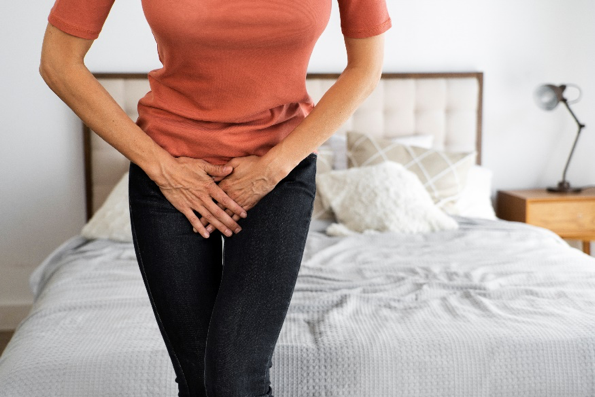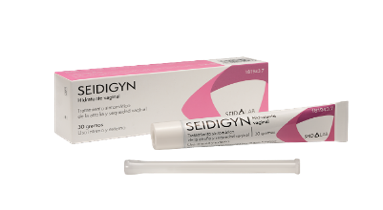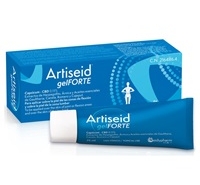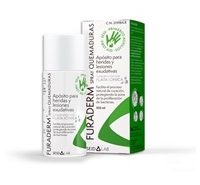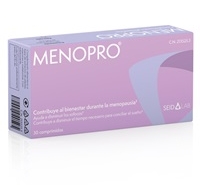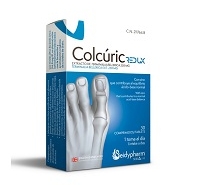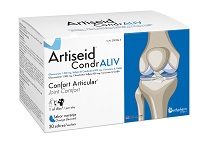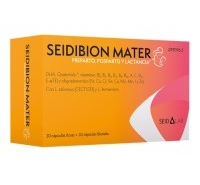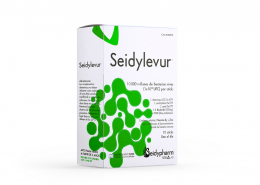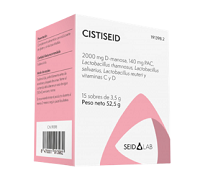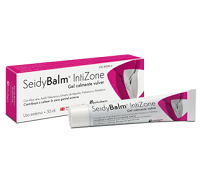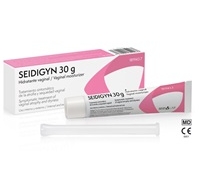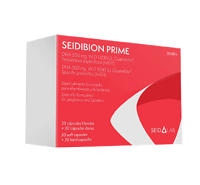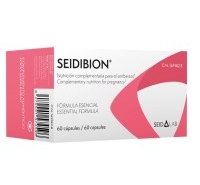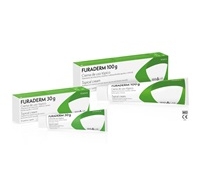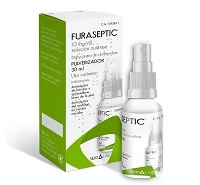Vaginal atrophy: Understanding a common condition in women
What is vaginal atrophy?
Vaginal atrophy is a condition caused by oestrogen deficiency that affects women, especially during the menopause, but can also occur at an early age, especially after pregnancy.
It can also be experienced by women who have undergone breast cancer treatment or who have had their ovaries surgically removed.
In this article we explain the main causes and symptoms, as well as the different treatments your doctor may advise you to fo
Causes and risk factors for vaginal atrophy
There are various causes and risk factors that contribute to the onset and development of vaginal atrophy. Understanding these causes and taking risk factors into account is essential to properly address this condition and seek appropriate treatment options.
These are some of the main factors that can trigger or increase the risk of developing atrophic vaginitis:
- Menopause: The most common cause of vaginal atrophy. When menopause occurs, the ovaries stop producing oestrogen on a regular basis, which can lead to significant changes in vaginal health. As oestrogen levels decrease, vaginal tissue becomes thinner, drier and less elastic.
- Cancer treatments: Some cancer treatments can alter the balance of hormone levels and increase the risk of developing vaginal atrophy.
- Hormonal factors: In addition to the menopause, other changes, caused by hormonal alterations, have been identified that may contribute to the development of vaginal atrophy. These changes include polycystic ovary syndrome, thyroid disorders or during breastfeeding.
- Medication: Some medications can interfere with hormone levels, increasing the risk of vaginal atrophy.
- Lifestyle factors: Smoking, excessive alcohol consumption and lack of regular sexual activity may influence vaginal health and contribute to an increased risk of developing vaginal atrophy. Regular physical exercise helps to prevent pathologies such as vaginal dryness.
It is important to keep in mind that every woman and every body is different, and the way atrophic vaginitis develops and progresses can vary significantly.
If you experience symptoms of vaginal atrophy or identify risk factors that concern you, don’t wait and consult your doctor or women’s health specialist.
Symptoms and effects of vaginal atrophy on quality of life
Vaginal atrophy can have a very significant impact on the quality of life of those who experience it.
The symptoms associated with this condition can vary in intensity, but generally affect sexual comfort and well-being, as well as the overall health of the intimate area.
We summarise here some of the most common symptoms and the effects on quality of life that can result:
- Vaginal dryness: Vaginal dryness is one of the most common symptoms of vaginal atrophy. Due to decreased oestrogen levels, vaginal tissue becomes thinner and less lubricated, which can cause discomfort and pain during intercourse. It can also cause irritation and itching in the vaginal area, which is really uncomfortable in daily activity.
- Dyspareunia: Pain or discomfort during sexual intercourse. As a result of atrophic vaginitis, the tissues become more fragile and lose elasticity, making penetration difficult and causing pain or uncomfortable sensations during intercourse. This can affect a couple’s intimacy and decrease sexual desire.
- Recurrent urinary tract infections: Vaginal atrophy increases the risk of urinary tract infections, as reduced oestrogen can disrupt the balance of beneficial bacteria in the vaginal area.
- Changes in urination: Some women may experience changes in urination. This may include increased urinary frequency, urgency to urinate and increased susceptibility to urinary tract infections.
- Emotional impact: Vaginal atrophy and its symptoms can have an emotional impact on women who experience it. This can lead to anxiety and episodes of stress, with the resulting impact on quality of life in general.
It is important to recognise these symptoms and seek medical help to address the condition at the earliest possible stage.
Treatments available for vaginal atrophy
Various treatments are available to address the symptoms of vaginal atrophy and improve the quality of life of affected women. Some of these treatment options include:
- Hormone replacement therapy (HRT): This therapy involves the administration of hormones, such as oestrogen, to compensate for the natural decrease in hormone levels in the body.
It can help restore vaginal health, relieve dryness and improve tissue elasticity. HRT can be applied in the form of creams, vaginal rings or oral tablets, always under medical prescription. - Vaginal moisturisers and lubricants: Vaginal moisturisers and lubricants provide temporary relief from vaginal dryness and facilitate sexual intercourse. They are especially useful when combined with other treatmen Ask your pharmacist which products are best suited to your
- Lifestyle changes: Healthy habits such as drinking enough water, eating a balanced diet, avoiding vaginal irritants and practising good intimate hygiene contribute to good vaginal health.
In addition, an active sex life stimulates blood circulation and maintains tissue elasticity. - Laser treatments: Laser therapy is a relatively new option that uses laser energy to stimulate collagen production in vaginal tissue. Improves lubrication, elasticity and overall health of the va It is a non-invasive treatment that is always carried out under medical supervision and that your specialist can recommend if necessary.
- SEIDIGYN®: Seidigyn® Vaginal Moisturiser is a moisturising cream with non-hormonal hydrolysed hyaluronic acid, which is used for the relief of symptoms of vaginal atrophy and dryness. Helps to promote the recovery and natural hydration of the vaginal mucosa when there is dryness.
Each woman requires a personalised approach to relieve the symptoms of vaginal atrophy and improve her quality of life.
It is essential that you consult your doctor or gynaecologist so that he or she can guide you and prescribe the most appropriate treatment options for your circumstances.

